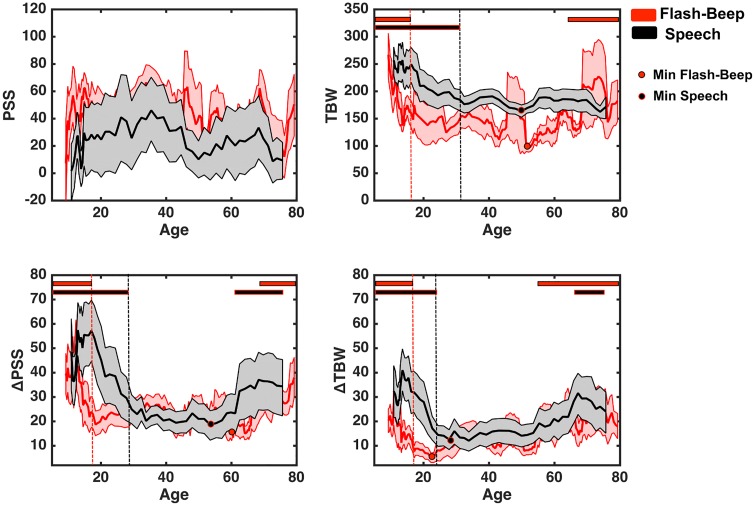Fig 2. Simultaneity judgment and rapid recalibration as a function of stimuli complexity and age.
Although no change is apparent in PSS (upper left), temporal window of simultaneities for both Flash-Beep (red) and Speech (black) stimuli portray protracted developmental time-courses (upper right). Similarly, rapid recalibration effects, both in terms of change in PSS (lower left) and TWS (lower right) as a function of the nature of the immediately precedent trial follow protracted developmental time-course, and a U-shape, indexing greater tendency to rely on recent perceptual experience later in life. Solid lines represent the mean of the 11-participant wide window centered at the particular age, shaded areas around the solid lines represent +/- 1 S.E.M. Dashed vertical lines represent the first age-point at which within condition values differed from the first time-point (thus, age at which the particular perceptual process reached maturity). The colored circles represent the minimum value for either the raw TWS or the change in PSS or TWS as a function of age. And finally the solid horizontal lines at the top of the panels indicate significant differences (p < 0.05) from the minimal value (circle). Hence, if these solid horizontal lines are present both at earlier and later ages than the respective minimum, we categorize the particular time-course as being U-shaped.

